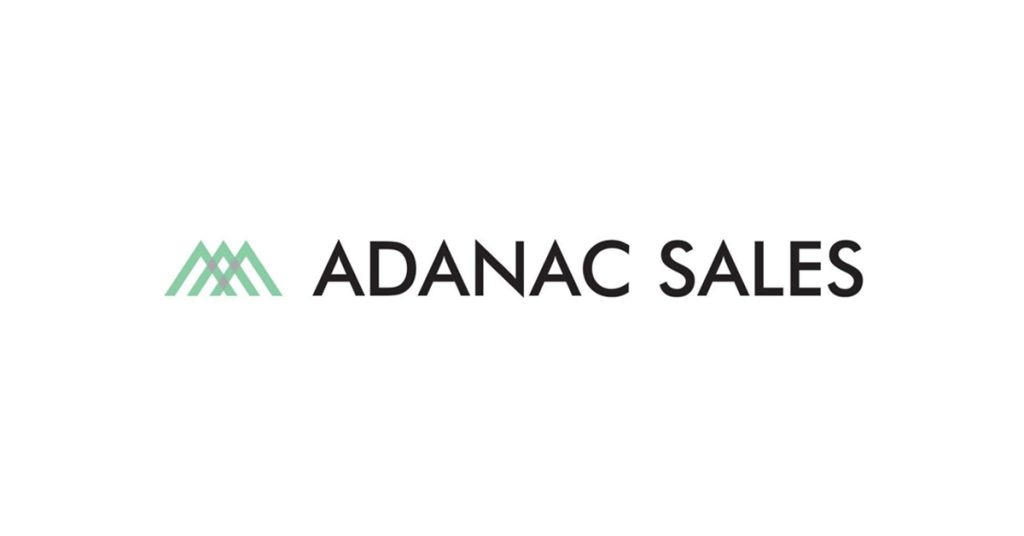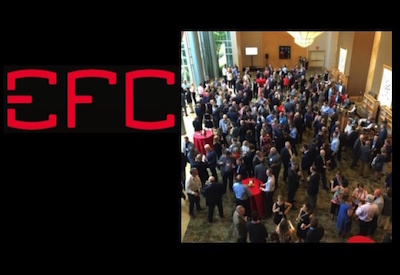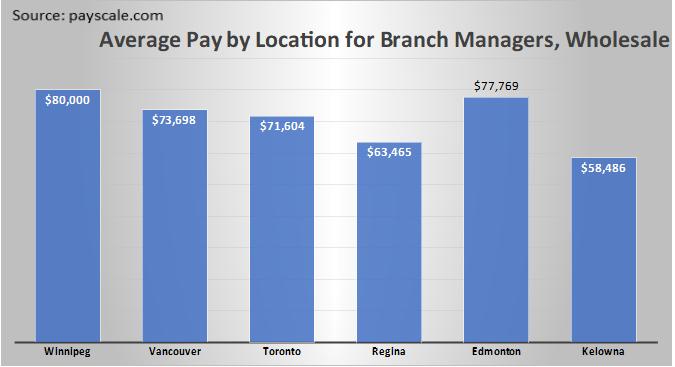The Dynamics of Building a Team: The Onset of the New Generation

July 3, 2024
By Curtis Friesen – Vice President / Principal – Adanac Sales
Located in Port Coquitlam, British Columbia, Adanac Sales is a Manufacturer’s Representative Sales Agency established in 1991, servicing the Electrical Community in BC for over 30 years, representing industry leading Manufacturers
When we look at our careers, I am not sure many of us woke up one day and said, “I want to work in the Electrical Distribution Industry!” For many of us, the opportunity fell in our lap, or we took an opportunity in the warehouse to make some money, and it continued to develop into new roles, or perhaps you were an electrician and were tired of the tools and wanted to stay involved and utilize your knowledge in other facets of the electrical trade.
Either way, this industry has built strong professional careers for anyone willing to put in the time and effort with a driven personality to make a difference within our Electrical Community. As time progresses, retirement within our industry is a reality, and a question that is on every industry survey and challenges every business is “Where do we find the next generation?” and “Can we engage them enough to stay long term?”
How it was, is not how it’s going – Understanding and Embracing change in Electrical Sales:
“Here is your laptop, a cell phone, and a list of your customers – best of luck and thank you for joining our team.” For anyone in Electrical Sales (or sales in general) for 10 years or more, this is more than likely the conversation you had with your manager prior to starting your role. We were expected to figure it out along the way, and for many, they did! But how “it was” is changing – our customers are buying differently with online ordering apps, direct channel purchases, or sourcing through Amazon or other online shopping portals. With the “Covid Factor,” many businesses have approached inventory management in a particular way, which has also created a different approach mindset.
Our customer base today is more knowledgeable than ever, with Social Media influences interactive and instructive website portals that help guide their decisions, which will shape the coaching and education that new salespeople will require – in short, our customers may already have their decision of what they need before you, as a salesperson, even show up.
Understanding the different aspects that affect our customer’s decision making, as well as the external and political factors that our industry faces on a daily basis will play a big role in the growth every company is aiming to have. The importance of training and education of current and future team members will need to align with how you are going to reach the pinnacle of your success. The new generation of employees entering our industry and what they view as important and fulfilling in their jobs will greatly impact an organization’s leadership as they strive to create a culture where a “job” can become a career.
Understanding Talent – The different factors of motivation
Very often, when a manager, or senior leadership member identifies a “star” employee on a team, the immediate response to this is to promote that person, and move them up in the company, it is just part of natural progression, and helps build the bench strength of your team for the future. There is also the contrary situation in which management may see an employee who is struggling in their role, and make the bold move to part ways with this teammate because they are not working out. Decision-making in both scenarios is crucial for a specific individual and setting the tone of the culture being developed for others within your organization.
Building a high-performing team is a strategic endeavour that requires careful planning and execution. It begins with identifying a specific skill set, and qualities needed to be successful in a specific role, followed by thorough training, and development to equip a team or individual to excel. It is important to challenge the past mindset on how things were done and enrich your viewpoints to understand personality style and one’s motivation when building your bench.
Understanding the high performer – Reflecting on a high-performing employee where that teammate exceeds expectations, if there is an opportunity within your organization, promotion to a new challenging position can be rewarding. However, it might not always be the answer that the individual is seeking, perhaps they simply love their job and is happy in the role they are in.
Past mindset of employees was focused on promotion, whereas in today’s working world, quite possibly the addition of more responsibility or a title is not truly what someone is looking for and could backfire to a point where they feel so much obligation to their team that they end up leaving because their role in which they excelled in, is not the same anymore. Ensuring you have clear and concise strategic conversations with each team member will help direct the right moves your organization can make in building a progressive plan for each employee.
Coaches Challenge – Looking at the opposing aspect, when an organization has a team member who is struggling or unable to perform in their position – looking at it as a mistake in hiring that individual may not always be the factor. They went through the interview process and had characteristics that aligned with the company’s vision and values, which got them the job. Perhaps the role they applied for and were placed in was not as they expected and does not fit their personality style for that specific position; instead of releasing them, perhaps there is another opportunity within the company that might suit them better. Did they get the right coaching to set them up for success?
Sometimes, offering additional coaching in that role could enhance their growth and development. Success comes to those who are willing to put in the hours, effort, and hard work to better themselves for their company, however, some of that success will come based on leadership understanding an employee’s strengths and placing them in positions that they will succeed in, or shifting them into a role in which they will find their greatest achievement.
Building team strength for the long term is a challenge. With a newer generation entering the workforce, there are more factors now than ever besides compensation that will attract talent to an organization. Effective leadership that inspires, mentors, and empowers team members is crucial for driving performance and achieving sustainable growth.
Collaborative Coaching – John Maxwell states it best in his book The 360 Degree Leader – “You never really know something until you teach it to someone else.”
As companies propel forward, having a team that is well-educated in their role and fully understands the direction of the organization and the plan required to reach our goals is of vital importance. When looking at building an organization for the long-term future, whether it is adding new teammates, promoting existing members, or just maintaining the strength of the course of your company, developing strong habits in coaching is key. Peer education is one factor that creates ownership amongst people as it emphasizes team growth more than individual needs. Collaborative coaching enhances the focus of your organization’s vision and can simultaneously create a culture that the team has built together.
We are entering into an amazing time of continuous growth and change in our industry. I believe the idea of building a team that works together to achieve goals and overall vision will entice the next generation to help drive the Electrical Industry forward. When you choose to build your team with people who uphold your organization’s true culture and establish positive relationships, it is of the utmost importance. You can always teach product knowledge, but you can never teach character or personal drive!
Visit the Adanac Sales website HERE for more information.











